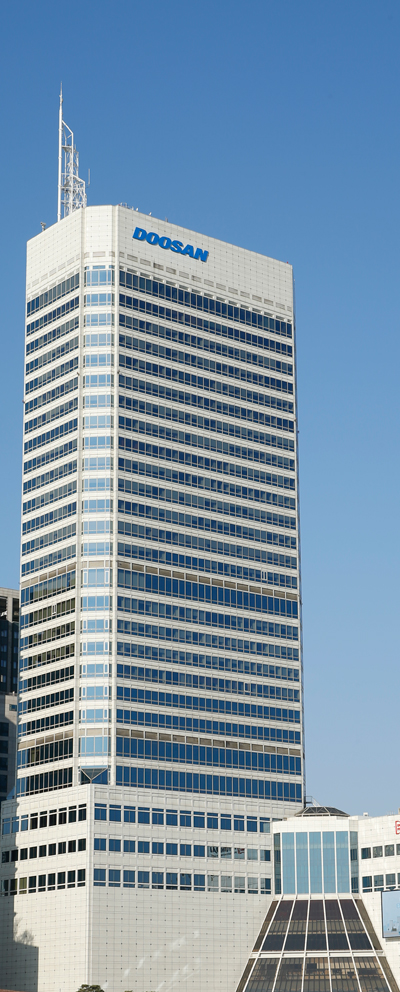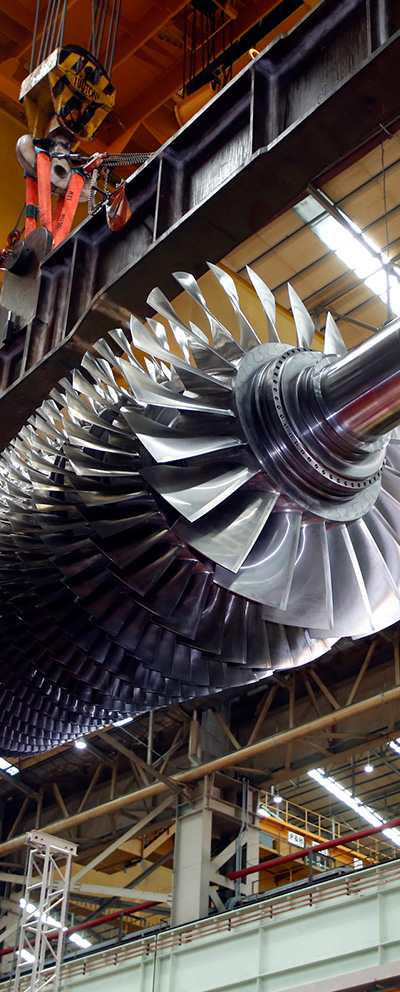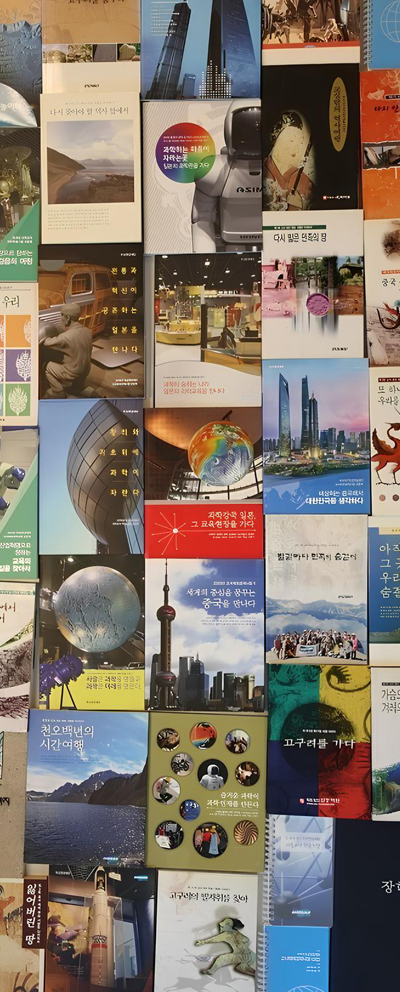
- Doosan Enerbility
- Doosan Bobcat
- Doosan Mottrol
- Doosan Fuel Cell
- Doosan Tesna
- Doosan Robotics
- Doosan Mobility Innovation
- Doosan Logistics Solutions
- Doosan H2 Innovation
- Doosan Investments
- Oricom
- Hancomm
- Doosan Magazine
- Doosan Bears
- Doosan Cuvex
- Doosan Corporation Electro-Materials BG
- Doosan Corporation Digital Innovation BU
- Doosan Corporation Retail BU
- Doosan Yonkang Foundation
- Doosan Art Center
- Doosan Business Research Institute


Press Release
- MoU includes cooperation on fuel cell-linked CCU technology development and ammonia fuel cell demonstration projects, etc.
Doosan Fuel Cell rolls up its sleeves on building state of the art technologies to convert to clean hydrogen fuel cell.
Doosan Fuel Cell announced that it signed an MoU for ‘Clean hydrogen fuel cell development and conversion’ with KOSPO, Samsung C&T, and Korea Institute of Energy Research at Doosan Tower in Dongdaemun on June 3rd.
▲Photo-op for Howie Hooseok Che(3rd from left), vice president of Doosan Fuel Cell, Byeongsoo Lee(1st from left), vice president of Samsung C&T, Jaewon Shim(2nd from left), head of operations of KOSPO and Youngcheol Park, research lead of Korea Institute of Energy Research
This agreement was designed to meet the domestic hydrogen economy revitalization policies such as the clean hydrogen certification and the Clean Hydrogen Energy Portfolio standards(CHPS). This MoU includes i) development of fuel cell-linked CCU*, ii)conversion from hydrogen fuel cells to blue/green fuel cells and iii)cooperation on ammonia fuel cell demonstration projects and commercialization.
* CCU: Carbon Capture, Utilization
Hydrogen is largely divided into gray, blue, and green hydrogen depending on how they are produced. Gray hydrogen accounts for about 96% of currently produced hydrogen, and is mostly generated by reforming natural gas. Byproduct hydrogen, which comes out from refinery process in petrochemical companies, is also gray hydrogen. Applying CCU technology makes it as blue hydrogen. Since the production cost of green hydrogen produced by electrolysis of water with electricity from renewables such as solar energy is still high, blue hydrogen that emits almost no CO2 and can be generated at a reasonable cost is attracting much attention.
Doosan Fuel Cell will jointly develop fuel cell-linked CCU technology with KIER and conduct demonstration of blue hydrogen fuel cell with the technology with KOSPO. Upon completion of the demonstration, the company plans to replace previously installed hydrogen fuel cells with blue hydrogen fuel cells in cooperation with KOSPO so that they can usher into the era of clean hydrogen.
In the meantime, Doosan Fuel Cell decided to participate in the ammonia fuel cell demonstration project. Ammonia can be liquefied at -34 degrees Celsius, and thanks to smaller volume compared to hydrogen, 1.5 times hydrogen can be transported. Furthermore, ammonia’s high energy density adds better efficiency and economics than liquid hydrogen (its liquidation temperature: -253 degrees Celsius).
Doosan Fuel Cell is developing ammonia fuel cells, while Samsung C&T is importing ammonia overseas and KOSPO is supporting the provision of ammonia fuel cell demonstration sites.
"This MoU shows our strong commitment to the government's clean hydrogen policies and technological competitiveness,” says Jeff Jeong, President of Doosan
Fuel Cell.“This technical prowess will help us open up a new horizon of clean hydrogen society.”















